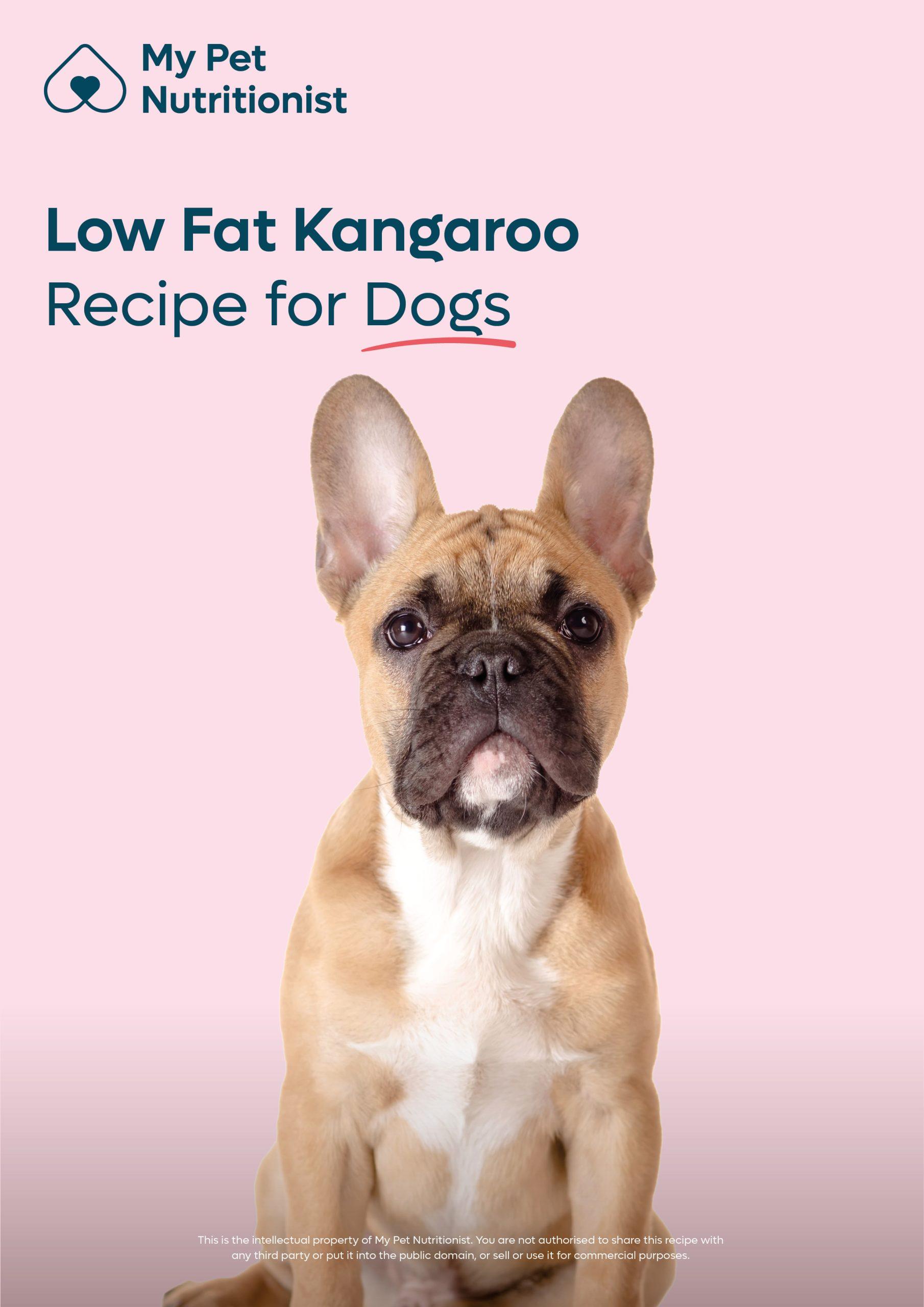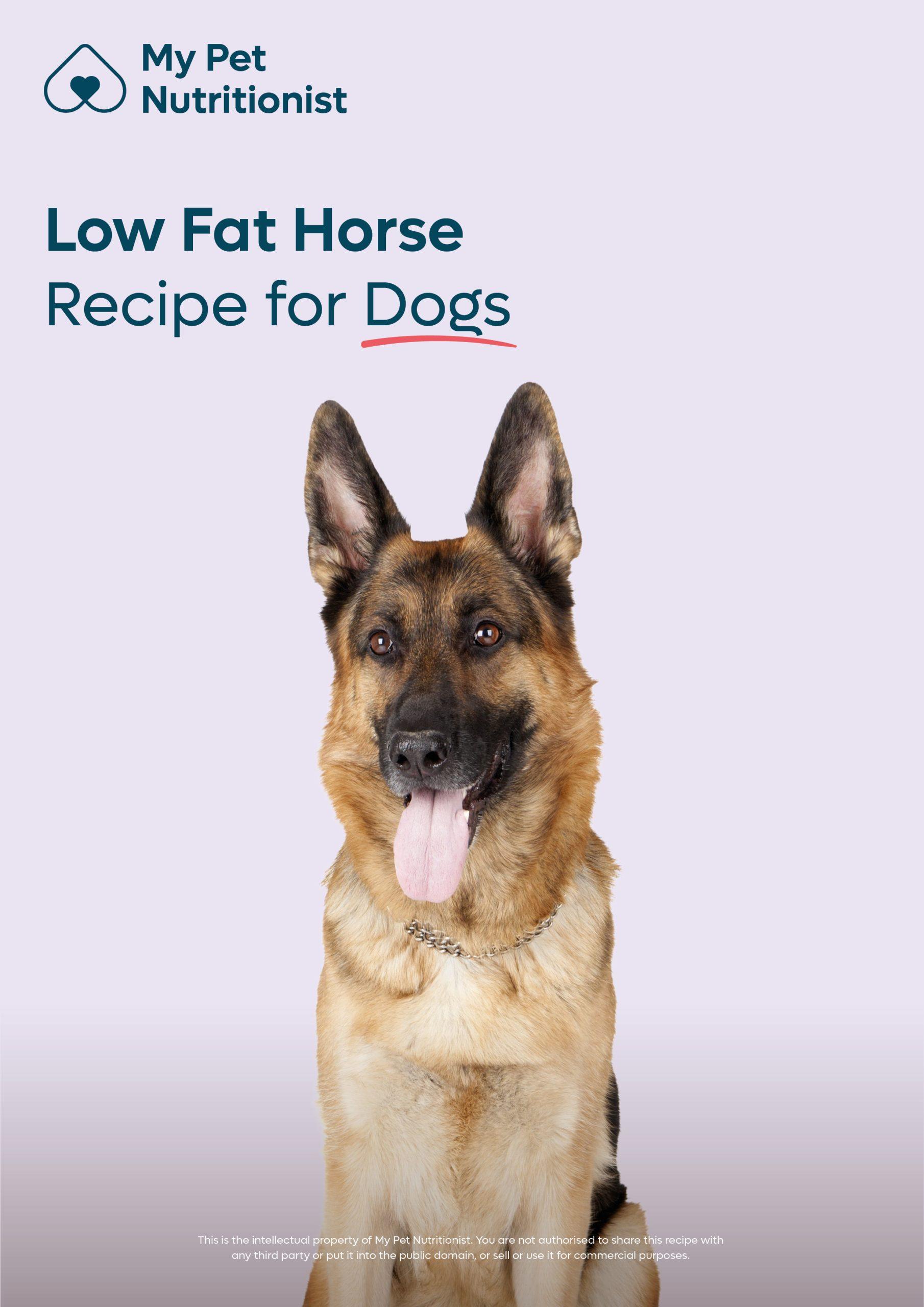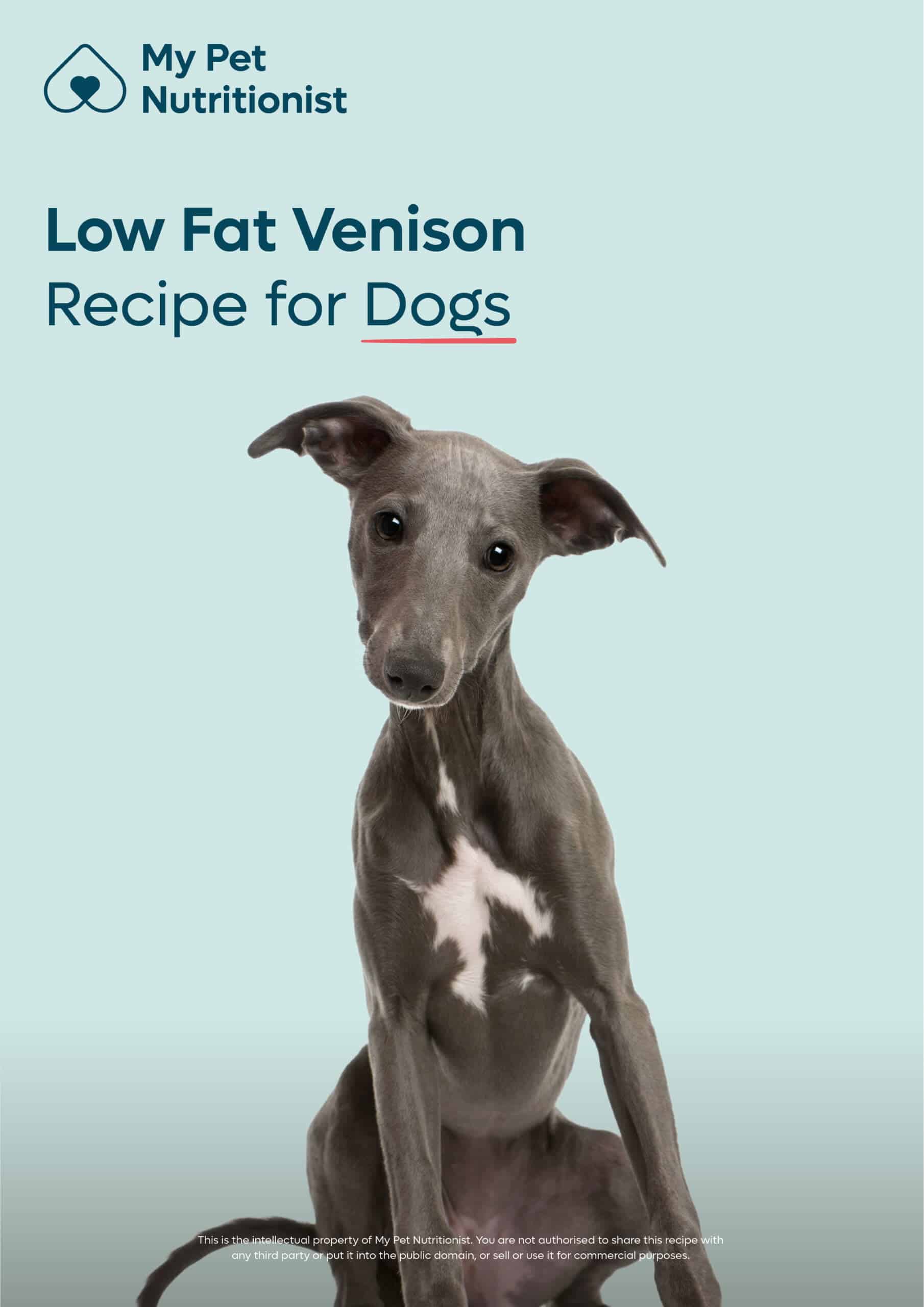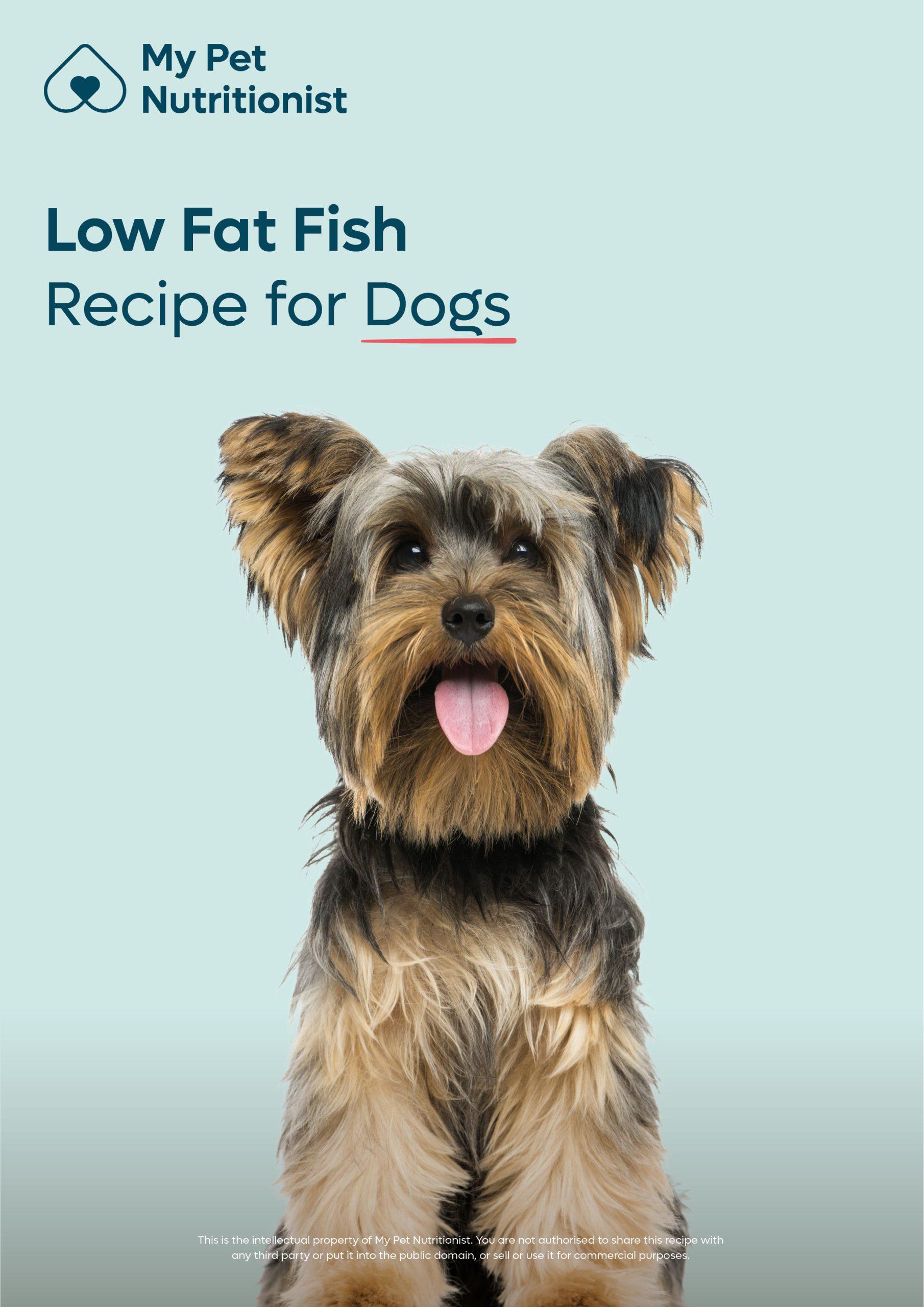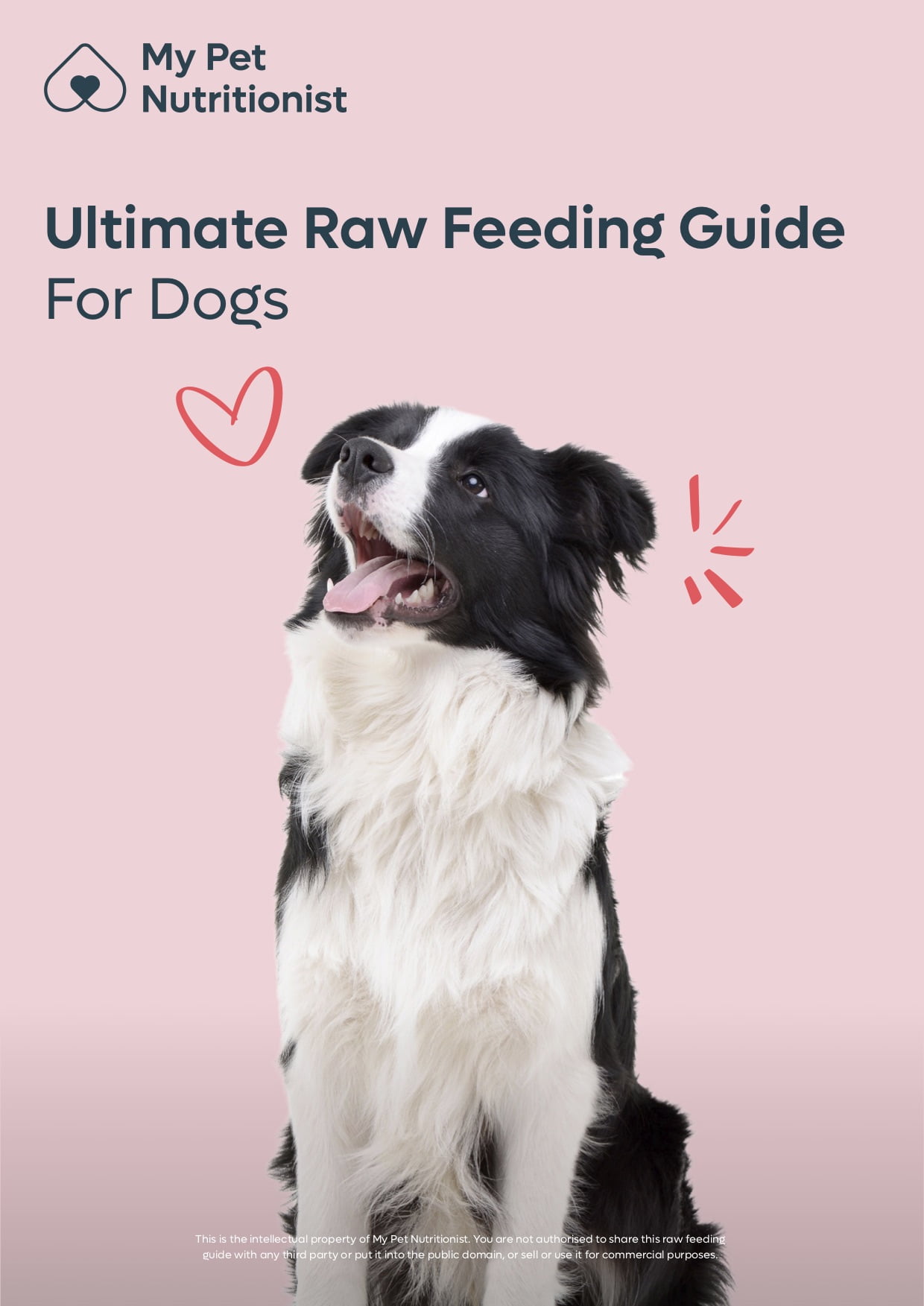-
£19.99

Dog Allergies – The Hypoallergenic Myth
- August 11, 2021
- 5 min read
Would you be surprised to know that a study carried out in 1988 concluded there were no differences in allergens found on different breeds of dogs? In short, if you’re allergic to dogs, you’re allergic to all dogs?
Findings Here
Have we moved on significantly from 1988 and produced dogs that we’re no longer allergic to? We have artificial intelligence which can remind us of our daily schedule, but surely, a new type of dog, that’s pushing it?
You’re correct. We’ve not produced a new type of dog (in that sense), if you’re allergic to dogs. You’re allergic to dogs.
Where the confusion lies, is that many think allergy sufferers are allergic to the hair found on the dog. This is not the case.
Generally, allergy sufferers are allergic to a protein found in the saliva and urine of the dog. As the dog grooms themselves, they spread the protein to their skin and coat. As new skin cells are produced, old ones are shed, which release into the environment (known as dander). This is why people are often told they are allergic to dog dander. As hair is shed into the environment, you are exposed to the protein covered hair.
So, a hypoallergenic dog is generally one that sheds less (less hair for you to be exposed to), they often have curly coats (which traps hair and dander so less is shed into the environment) or have less hair (but these guys still lose dead skin cells which can cause a reaction). They are also more likely to be regularly groomed which removes the protein from the coat and skin more frequently.
For many of us who have mild allergies, we tend to put up and shut up simply because we couldn’t imagine spending our lives without pets, so is there anything we can do to reduce our symptoms?
You’ll know that here at My Pet Nutritionist we’re not a fan of long-term use of antihistamines, so let’s look at other options.
If your dog is sadly the one who suffers with sensitivities or allergies, then check out our blogs:
5 Basic Tips For Allergies
Itchy Cats and Dogs Naturally
Itching Has Become Such An Epidemic
Does My Dog Need An Allergy Test
In addition, allergies are one of our expert areas, so check out our services here:
Consultations
Thanks for reading,
Team MPN x
Findings Here
Have we moved on significantly from 1988 and produced dogs that we’re no longer allergic to? We have artificial intelligence which can remind us of our daily schedule, but surely, a new type of dog, that’s pushing it?
You’re correct. We’ve not produced a new type of dog (in that sense), if you’re allergic to dogs. You’re allergic to dogs.
So, where does this notion of a hypoallergenic dog come from?
They do exist, but in their true definition. Hypo means under or beneath according to the Greeks. Its synonyms include fewer, or less. Therefore, a hypoallergenic dog simply means a dog that is less likely to cause a reaction. It does not mean the dog is totally allergy safe.
Where the confusion lies, is that many think allergy sufferers are allergic to the hair found on the dog. This is not the case.
Generally, allergy sufferers are allergic to a protein found in the saliva and urine of the dog. As the dog grooms themselves, they spread the protein to their skin and coat. As new skin cells are produced, old ones are shed, which release into the environment (known as dander). This is why people are often told they are allergic to dog dander. As hair is shed into the environment, you are exposed to the protein covered hair.
So, a hypoallergenic dog is generally one that sheds less (less hair for you to be exposed to), they often have curly coats (which traps hair and dander so less is shed into the environment) or have less hair (but these guys still lose dead skin cells which can cause a reaction). They are also more likely to be regularly groomed which removes the protein from the coat and skin more frequently.
For many of us who have mild allergies, we tend to put up and shut up simply because we couldn’t imagine spending our lives without pets, so is there anything we can do to reduce our symptoms?
You’ll know that here at My Pet Nutritionist we’re not a fan of long-term use of antihistamines, so let’s look at other options.
1) Find a new love for cleaning!
Whilst it can often be the last thing you want to do at the end of a long day, getting into a habit of regularly whipping around your home will keep allergens in the environment at bay! If you don’t want to tackle the whole house as soon as you get in, create a to-do list at the beginning of the week. You may tackle your kitchen on Monday, your hall on Tuesday, your bedroom on Wednesday and so on. Rather than dusting, use a damp cloth or use the dusting attachment on your vacuum. You want to remove the allergens not just move them around or throw them back into the air that you are breathing. Set a timer on your phone or clock, spend 25 minutes a day cleaning. That’s 1.74% of your day.
2) Use a Vacuum with a HEPA filter!
To keep allergens at bay, vacuum at least 2-3 times a week, if not daily. HEPA means high efficiency particulate air and its design traps microscopic particles keeping them from being thrown back into the environment. Most pet vacuums have an inbuilt HEPA filter but it’s worth checking the label if you’re in the market for a new one!
3) And an air purifier!
It may be worthwhile investing in an air purifier in your home. Again, these are built with HEPA filters which trap dust and dirt. They can be a helpful addition to your home if you are struggling with your symptoms.
4) Pay attention to your bedding!
If your dog sleeps with you, first decide whether this is great for your symptoms. If it doesn’t affect you too severely, ensure you wash your bedding at least weekly. Place blankets or throws on your bed so you can wash them even more regularly. Encase pillows and mattress with dust-proof covers as this helps keep particles from getting inside. Vacuum your mattress regularly.
5) Curtains!
Be mindful of the curtains you are hanging in your home. Whilst you can purchase some beautiful fabrics, some are dry clean only. This isn’t ideal if you need to be washing them regularly – it’ll cost a fortune! Cotton curtains can often just be washed in the washing machine and hung to dry.
Just like the response in our dogs, allergies result in a characteristic pattern of inflammation, so ensuring out own inflammatory responses are appropriate is just as important.
Risk Factors in Human Allergies:
- Family history – predispositions to certain allergies,
- Microbiome disruption,
- Ultra-hygienic environment,
- Regular consumption of high-histamine foods,
- Nutrient deficiencies,
- Exposure to environmental toxins,
- Impaired methylation affects histamine clearance and more.
Top Tips to Support Allergies in Humans:
- Live bacteria supplementation may support immune function,
- Consider histamine exposure in diet,
- Quercetin possesses anti-inflammatory and antihistamine properties,
- Nettle too functions as an antihistamine and blocks proinflammatory cytokines,
- Vitamin C supports histamine detoxification,
- Reduce stress!
If your dog is sadly the one who suffers with sensitivities or allergies, then check out our blogs:
5 Basic Tips For Allergies
Itchy Cats and Dogs Naturally
Itching Has Become Such An Epidemic
Does My Dog Need An Allergy Test
In addition, allergies are one of our expert areas, so check out our services here:
Consultations
Thanks for reading,
Team MPN x
Customer Reviews
Explore related products
Related articles

AllergiesDietary NeedsGeneral HealthItching & Allergies
Should I Feed my Itchy Dog a Cool Protein?
Jan 18 2024
•
4 mins 40 secs
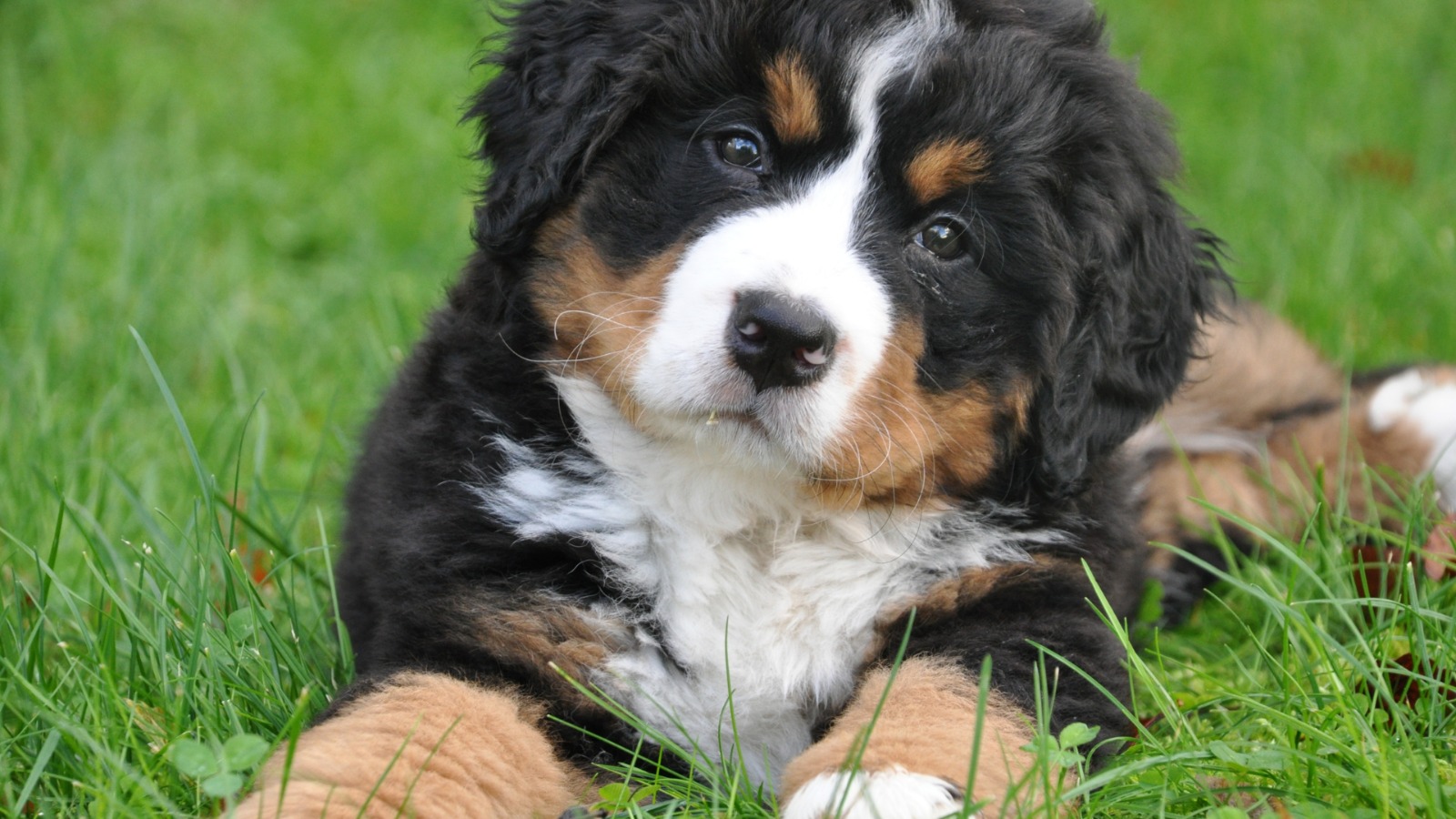
AllergiesDietary NeedsGeneral HealthItching & Allergies
How to Help My Yeasty Dog
Oct 26 2023
•
10 mins 30 secs

AllergiesDietary NeedsGeneral HealthItching & Allergies
Can Food Sensitivities Cause a Pancreatic Flare?
Oct 20 2023
•
5 mins 40 secs
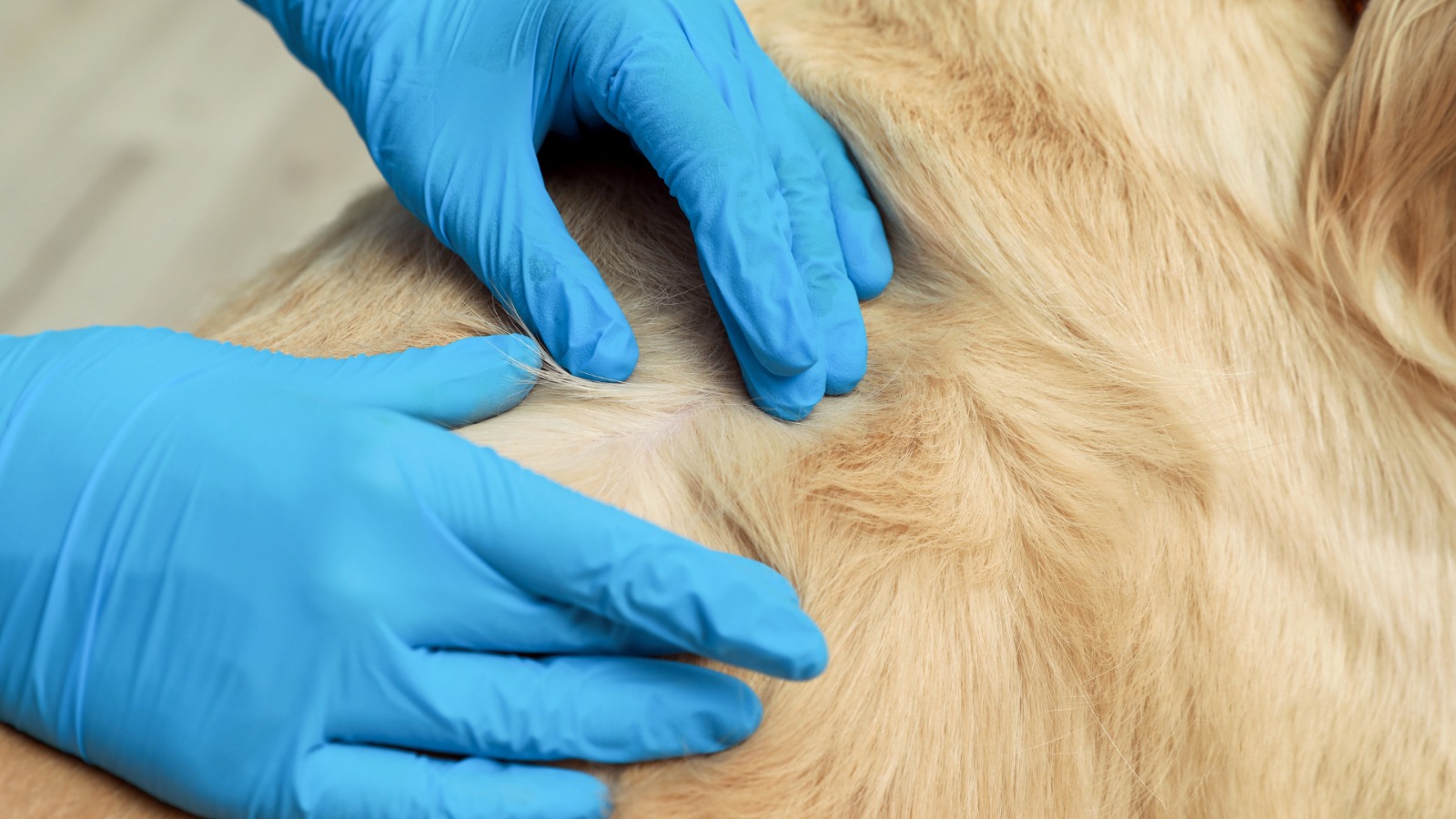
AllergiesDietary NeedsGeneral HealthItching & Allergies
The Low Down on Keratosis
Oct 05 2023
•
4 mins 45 secs

AllergiesDietary NeedsGeneral HealthItching & Allergies
7 Reasons Why My Dog is Biting his Paws
Sep 06 2023
•
7 mins 40 secs

AllergiesDietary NeedsGeneral HealthItching & Allergies
Haematoma in Dogs
Jan 25 2023
•
8 mins

AllergiesDietary NeedsGeneral HealthItching & Allergies
Does My Dog Have an Allergy or an Intolerance?
May 10 2022
•
4 mins 42 secs

AllergiesDietary NeedsGeneral HealthItching & Allergies
5 Tips to Support Your Seasonally Itchy Dog
Apr 26 2022
•
4 mins 50 secs
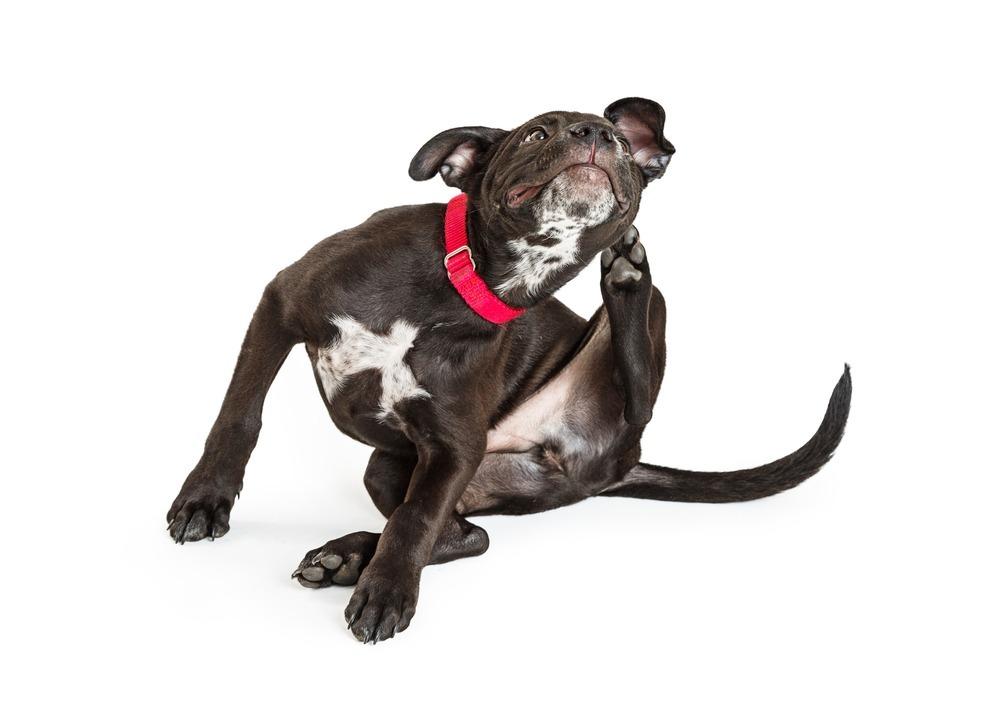
AllergiesDietary NeedsGeneral HealthItching & Allergies
Why Do Allergies in Dogs Develop?
Apr 21 2022
•
5 mins 36 secs
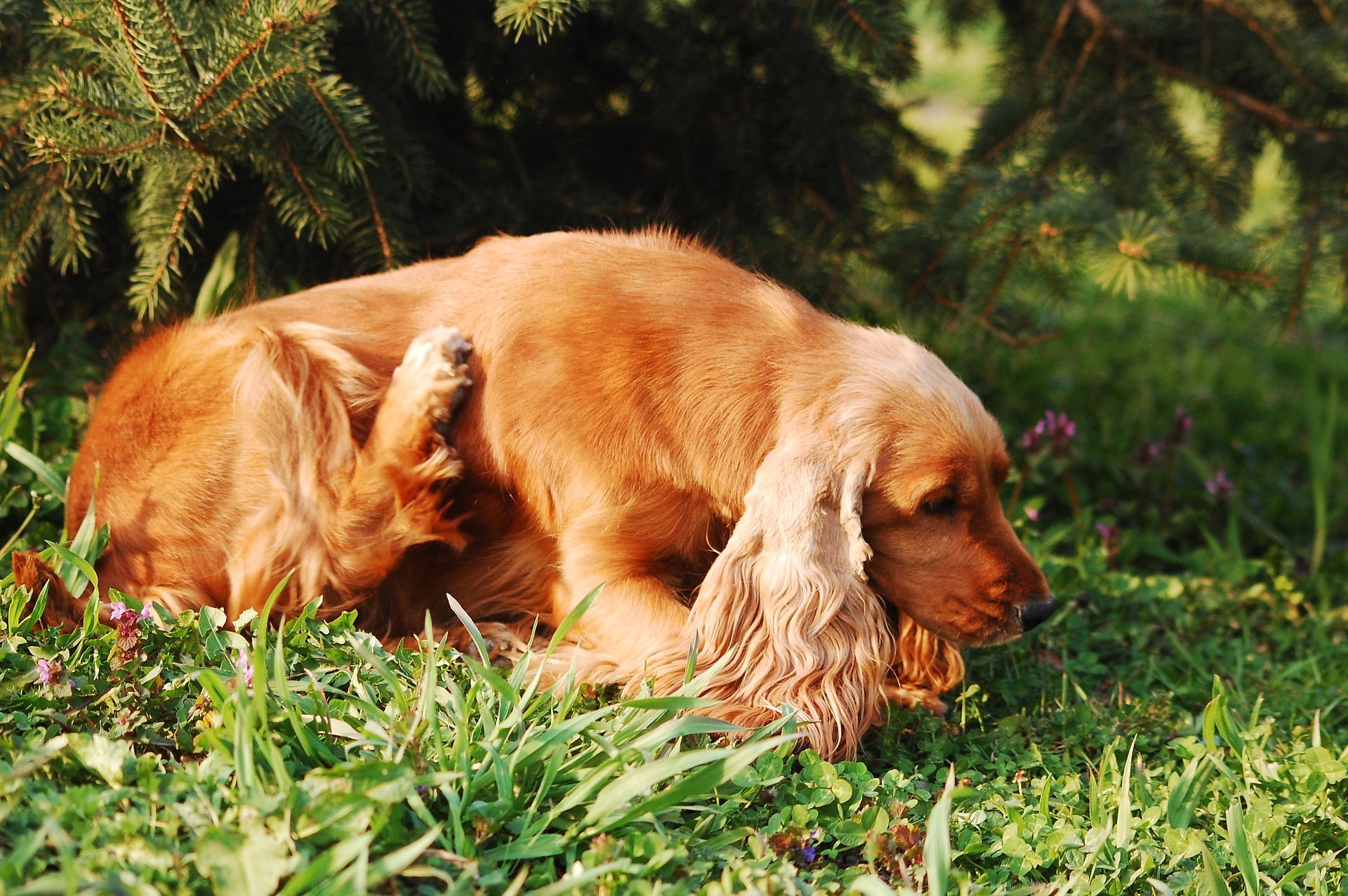
AllergiesDietary NeedsGeneral HealthItching & Allergies
Why Is My Dog Itchy?
Oct 21 2021
•
5 mins 39 secs

AllergiesDietary NeedsGeneral HealthItching & Allergies
Does My Dog Need a Grain Free Diet?
Oct 15 2021
•
5 mins 46 secs

AllergiesDietary NeedsGeneral HealthItching & Allergies
Why Does My Dog Need Minerals – Part Two
Sep 23 2021
•
12 min read

AllergiesDietary NeedsGeneral HealthItching & Allergies
Why Does My Dog Need Minerals – Part One
Sep 22 2021
•
7 min read

AllergiesDietary NeedsGeneral HealthItching & Allergies
What is The Gut Barrier?
Aug 25 2021
•
5 min read

AllergiesDietary NeedsGeneral HealthItching & Allergies
To Fast Or Not To Fast? That Is The Question
Aug 23 2021
•
5 min read
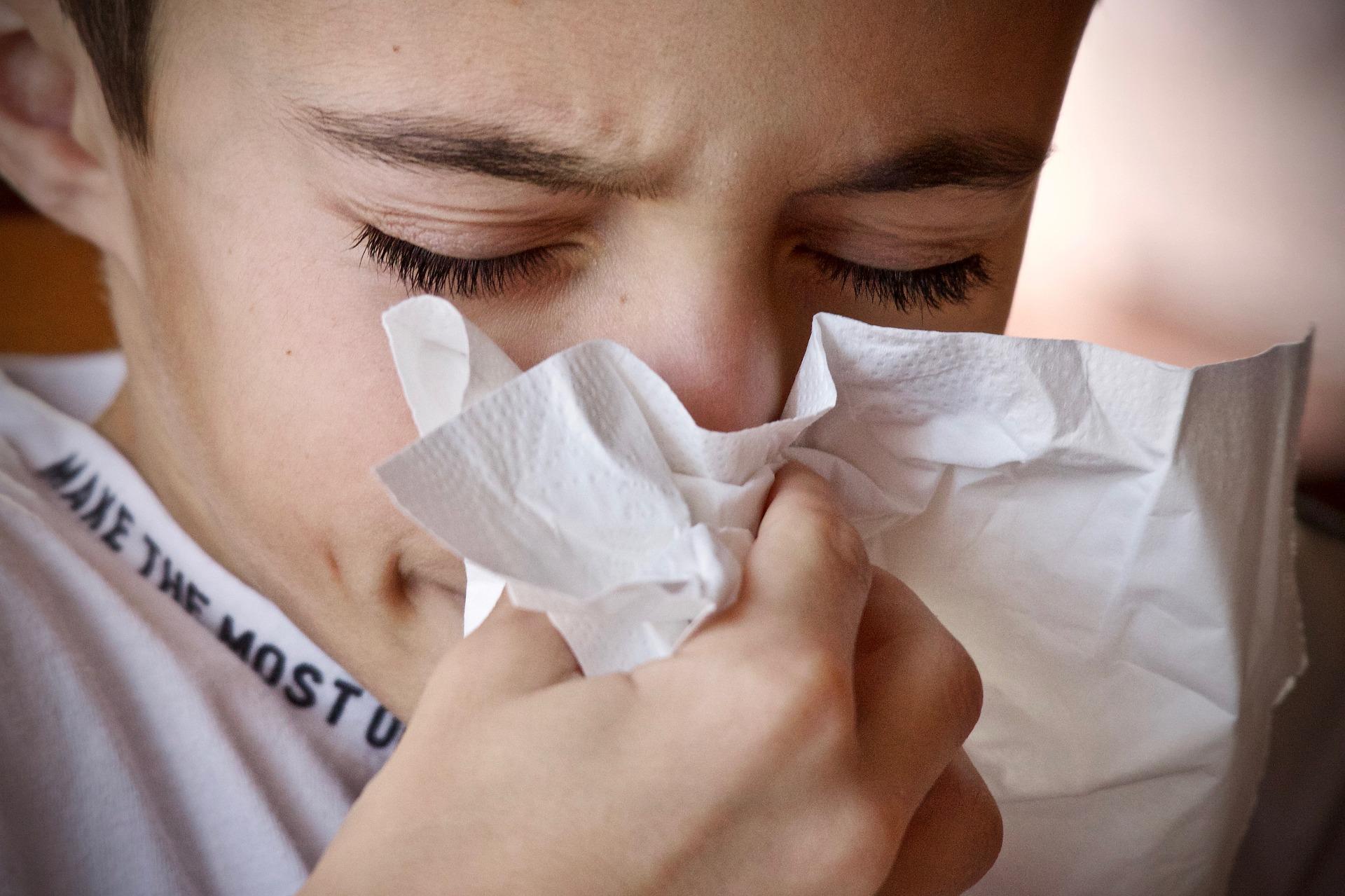
AllergiesDietary NeedsGeneral HealthItching & Allergies
Dog Allergies – The Hypoallergenic Myth
Aug 11 2021
•
5 min read
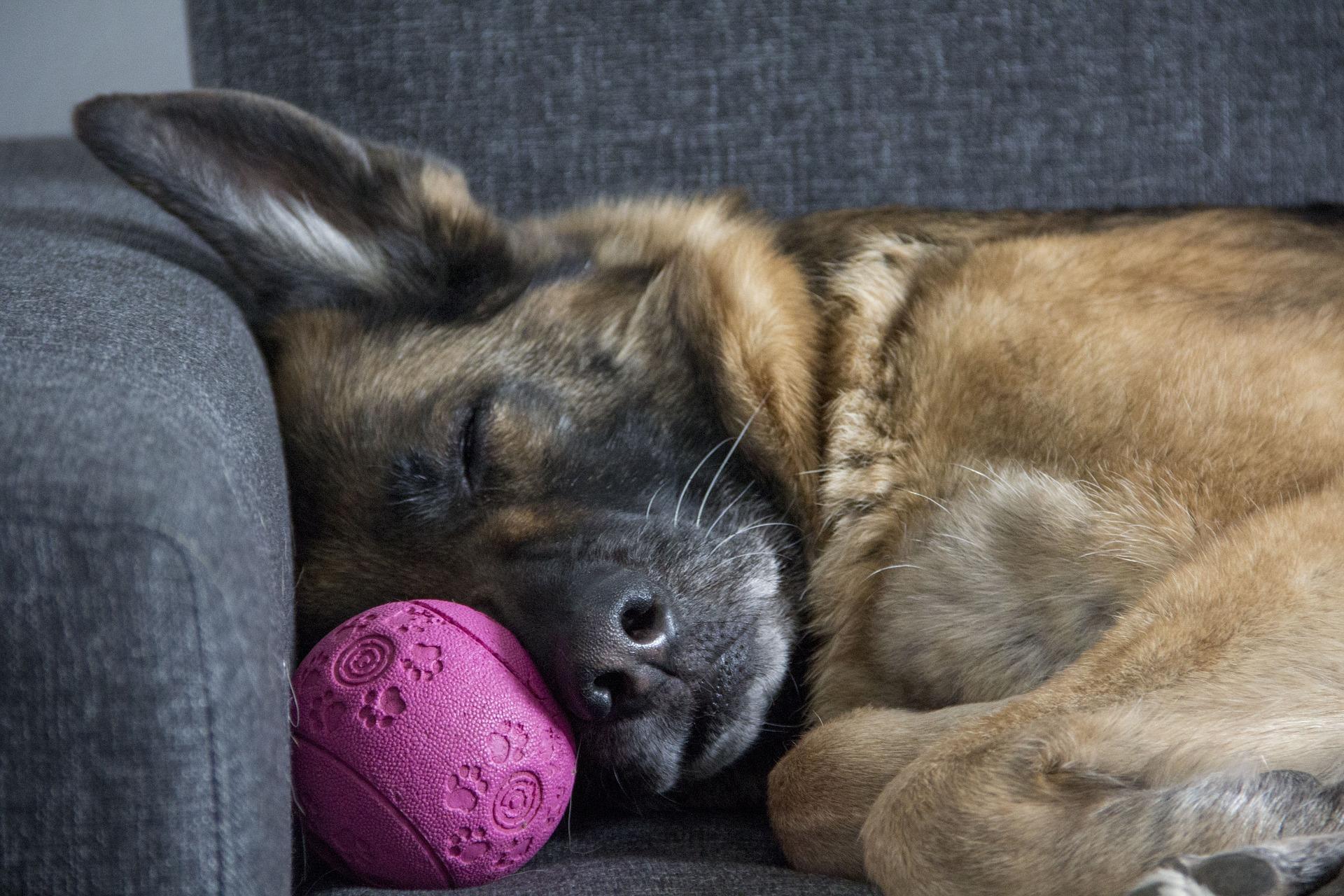
AllergiesDietary NeedsGeneral HealthItching & Allergies
Bacterial Overgrowth – More Common Than You Think
Aug 04 2021
•
6 min read

AllergiesDietary NeedsGeneral HealthItching & Allergies
A Brief Guide to Histamine Intolerance for Dogs
Jul 13 2021
•
4 min read

AllergiesDietary NeedsGeneral HealthItching & Allergies
What Can Cause Gut Dysbiosis?
Jun 21 2021
•
7 min read

AllergiesDietary NeedsGeneral HealthItching & Allergies
Why Is My Dog Regurgitating?
Jun 07 2021
•
5 min read

AllergiesDietary NeedsGeneral HealthItching & Allergies
Glyphosate and My Dog
Jun 07 2021
•
5 min read
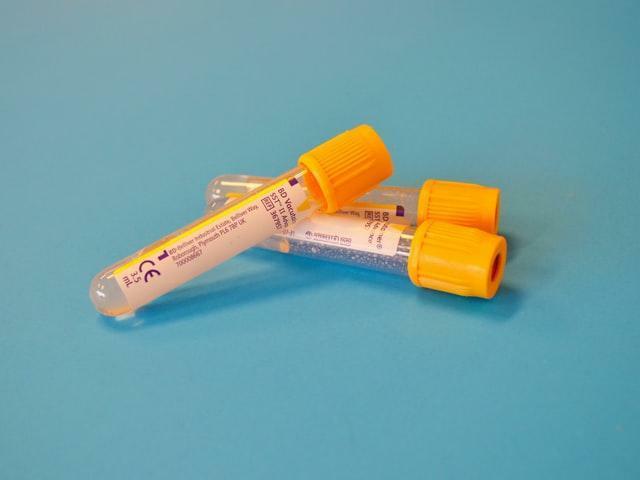
AllergiesDietary NeedsGeneral HealthItching & Allergies
Does My Dog Need an Allergy Test?
Apr 26 2021
•
7 min read

AllergiesDietary NeedsGeneral HealthItching & Allergies
Does My Pet Need to Detox
Apr 15 2021
•
8 min read

AllergiesDietary NeedsGeneral HealthItching & Allergies
Lectins and Should My Dog Eat Them?
Apr 12 2021
•
6 min read
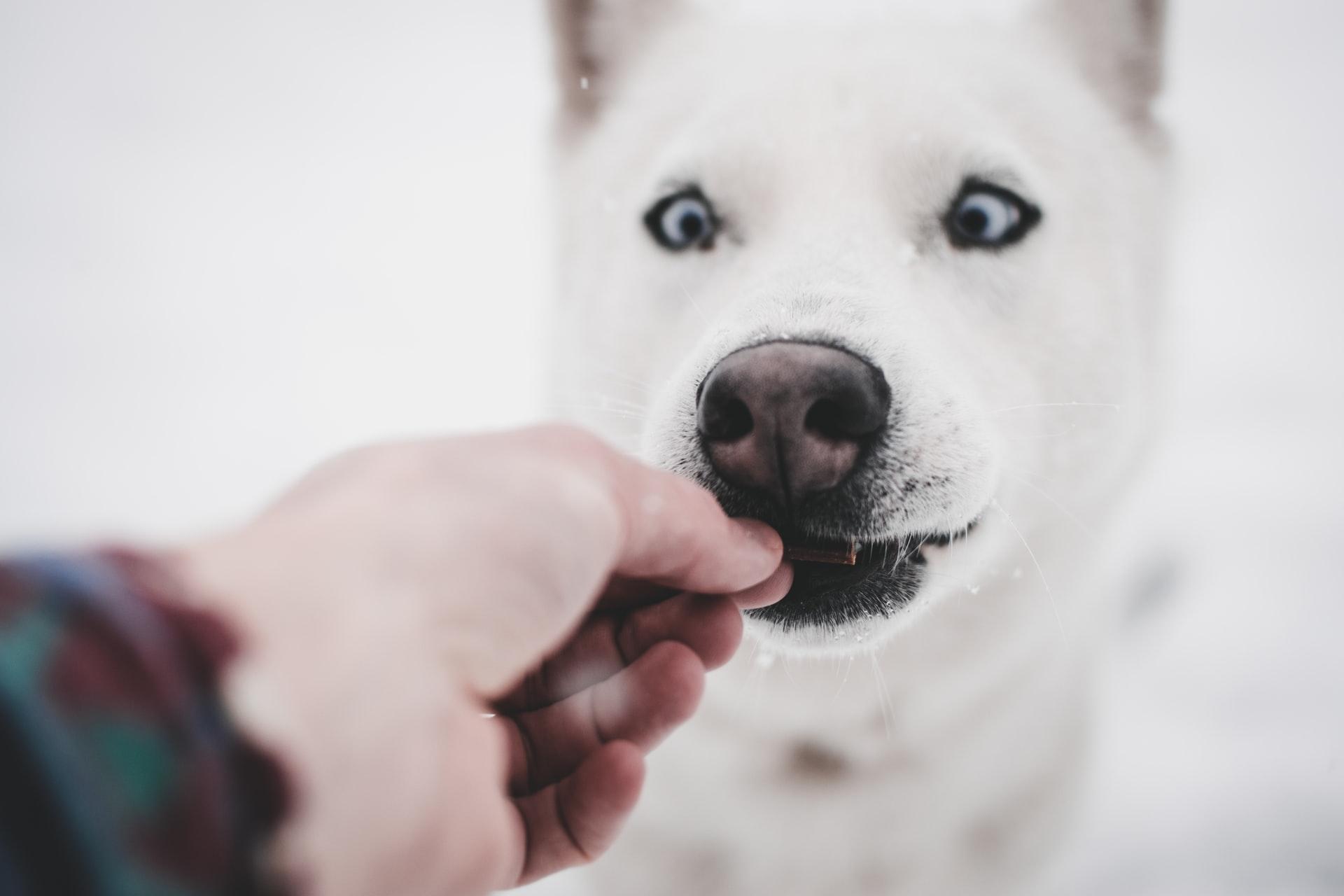
AllergiesDietary NeedsGeneral HealthItching & Allergies
Elimination Diets for Dogs
Apr 08 2021
•
8 min read

AllergiesDietary NeedsGeneral HealthItching & Allergies
Low Histamine Diets, Why and When!
Apr 07 2021
•
7 min read

AllergiesDietary NeedsGeneral HealthItching & Allergies
Your Puppy’s Microbiome
Mar 31 2021
•
4 min read
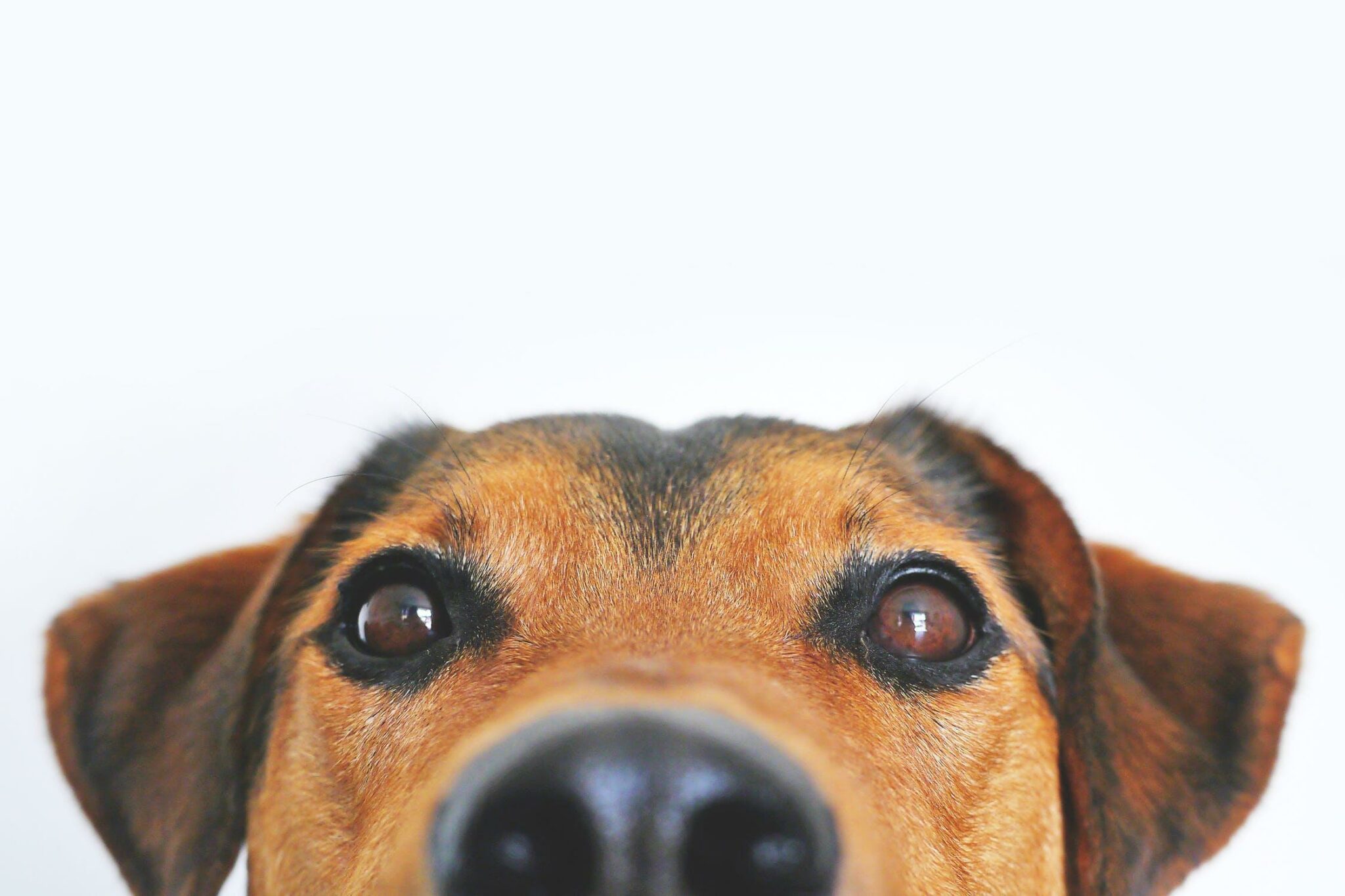
AllergiesDietary NeedsGeneral HealthItching & Allergies
5 Basic Tips for Seasonal Allergies
Mar 26 2021
•
5 min read
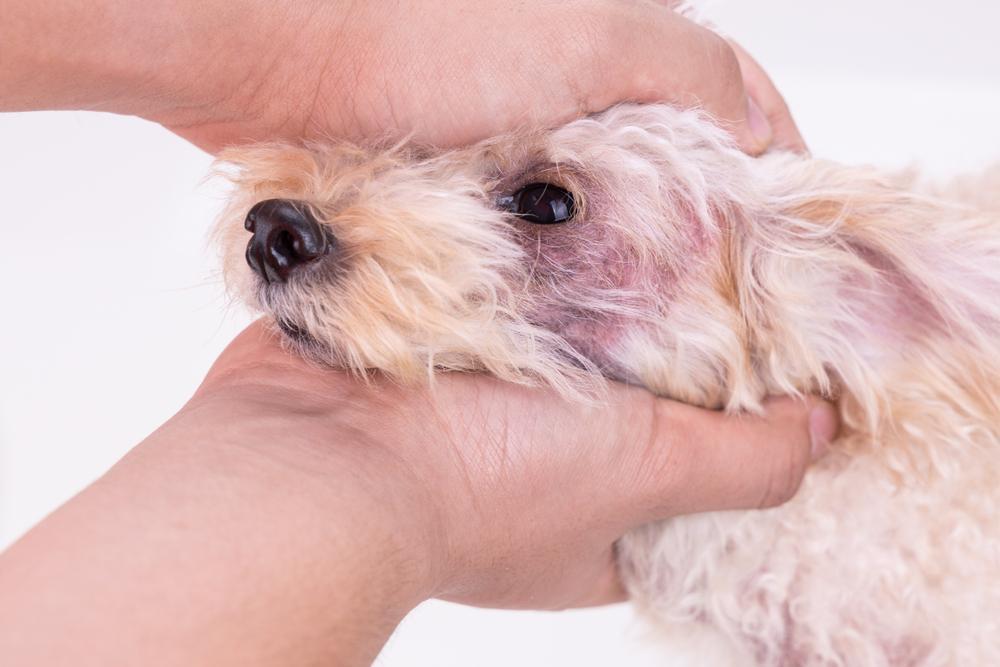
AllergiesDietary NeedsGeneral HealthItching & Allergies
Can Genes Result in Poor Skin Function?
Mar 03 2021
•
8 min read

AllergiesDietary NeedsGeneral HealthItching & Allergies
Why Is My Dog A Fussy Eater?
Jan 18 2021
•
10 min read
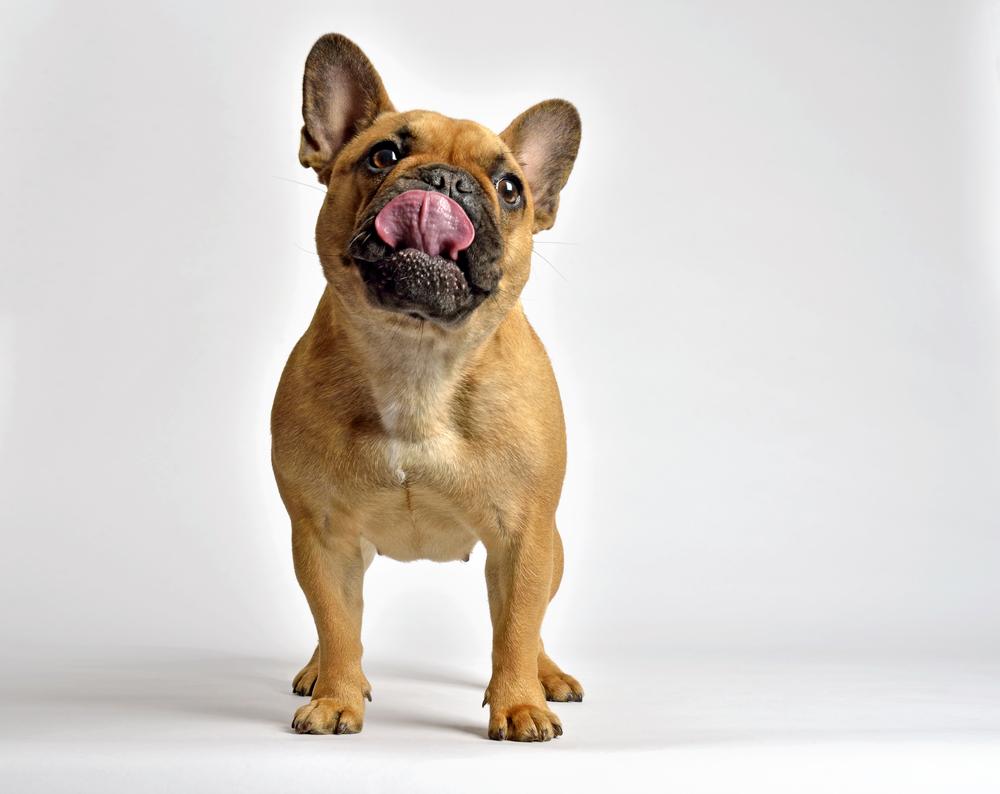
AllergiesDietary NeedsGeneral HealthItching & Allergies
Why Does My Dog Keep Licking?
Jan 11 2021
•
9 min read

AllergiesDietary NeedsGeneral HealthItching & Allergies
5 Reasons Why Your Dog May Have Diarrhoea
Jan 07 2021
•
6 min read

AllergiesDietary NeedsGeneral HealthItching & Allergies
Why is My Dog Losing His Hair?
Jan 04 2021
•
7 min read

AllergiesDietary NeedsGeneral HealthItching & Allergies
Tackling Atopic Dermatitis in Pets
Dec 16 2020
•
9 min read
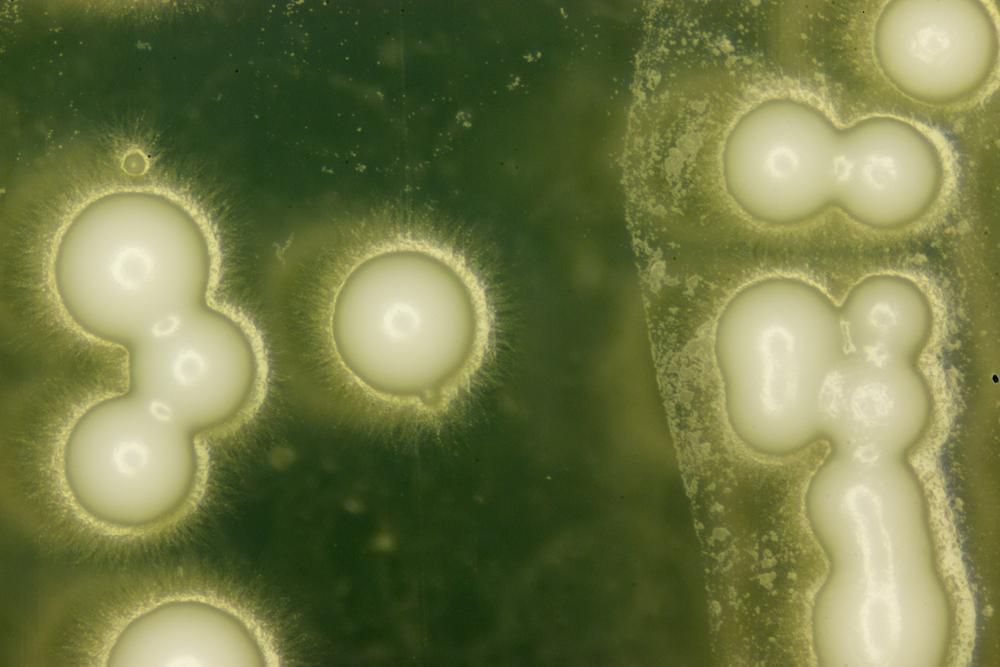
AllergiesDietary NeedsGeneral HealthItching & Allergies
Is Your Dog A Yeasty Beast?
Dec 09 2020
•
8 min read

AllergiesDietary NeedsGeneral HealthItching & Allergies
5 Reasons Your Dog May Have Bad Breath
Nov 30 2020
•
7 min read

AllergiesDietary NeedsGeneral HealthItching & Allergies
Tear Stains: Is Your Dog A Cry Baby
Oct 27 2020
•
9 min read

AllergiesDietary NeedsGeneral HealthItching & Allergies
How Traditional Chinese Medicine Can Help My Dog
Oct 21 2020
•
7 min read

AllergiesDietary NeedsGeneral HealthItching & Allergies
Why Probiotics Are Good For You And Your Dog
Oct 20 2020
•
8 min read

AllergiesDietary NeedsGeneral HealthItching & Allergies
Why Zinc is Important for your Dog
Sep 10 2020
•
8 min read

AllergiesDietary NeedsGeneral HealthItching & Allergies
7 Wonderful Herbs for Dogs
Jul 06 2020
•
9 min read

AllergiesDietary NeedsGeneral HealthItching & Allergies
Natural Guide for Acid Reflux in Dogs
Mar 31 2020
•
8 min read
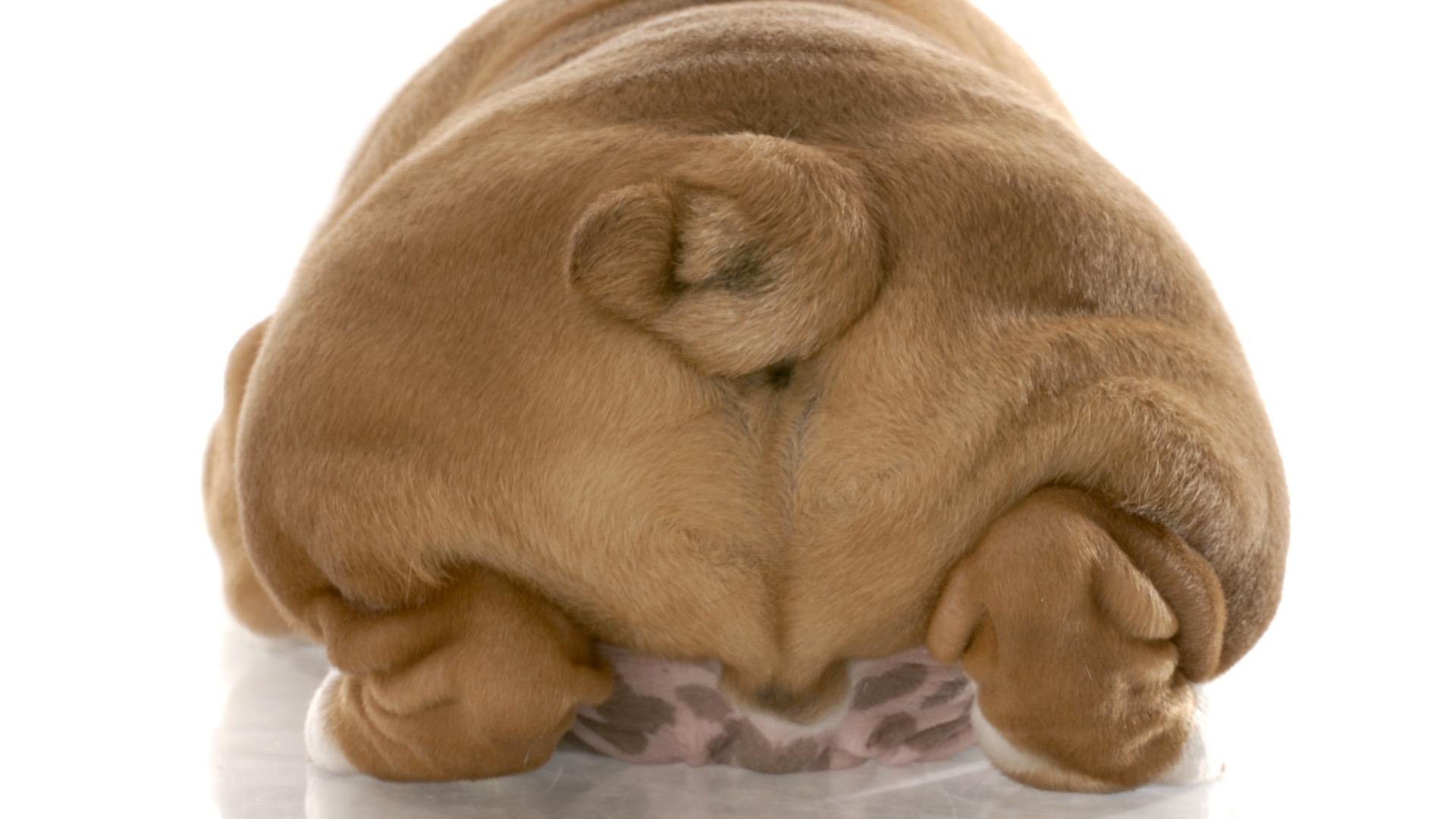
AllergiesDietary NeedsGeneral HealthItching & Allergies
The 4 Corner Stones for Healthy Anal Glands, Naturally
Mar 27 2020
•
10 min read
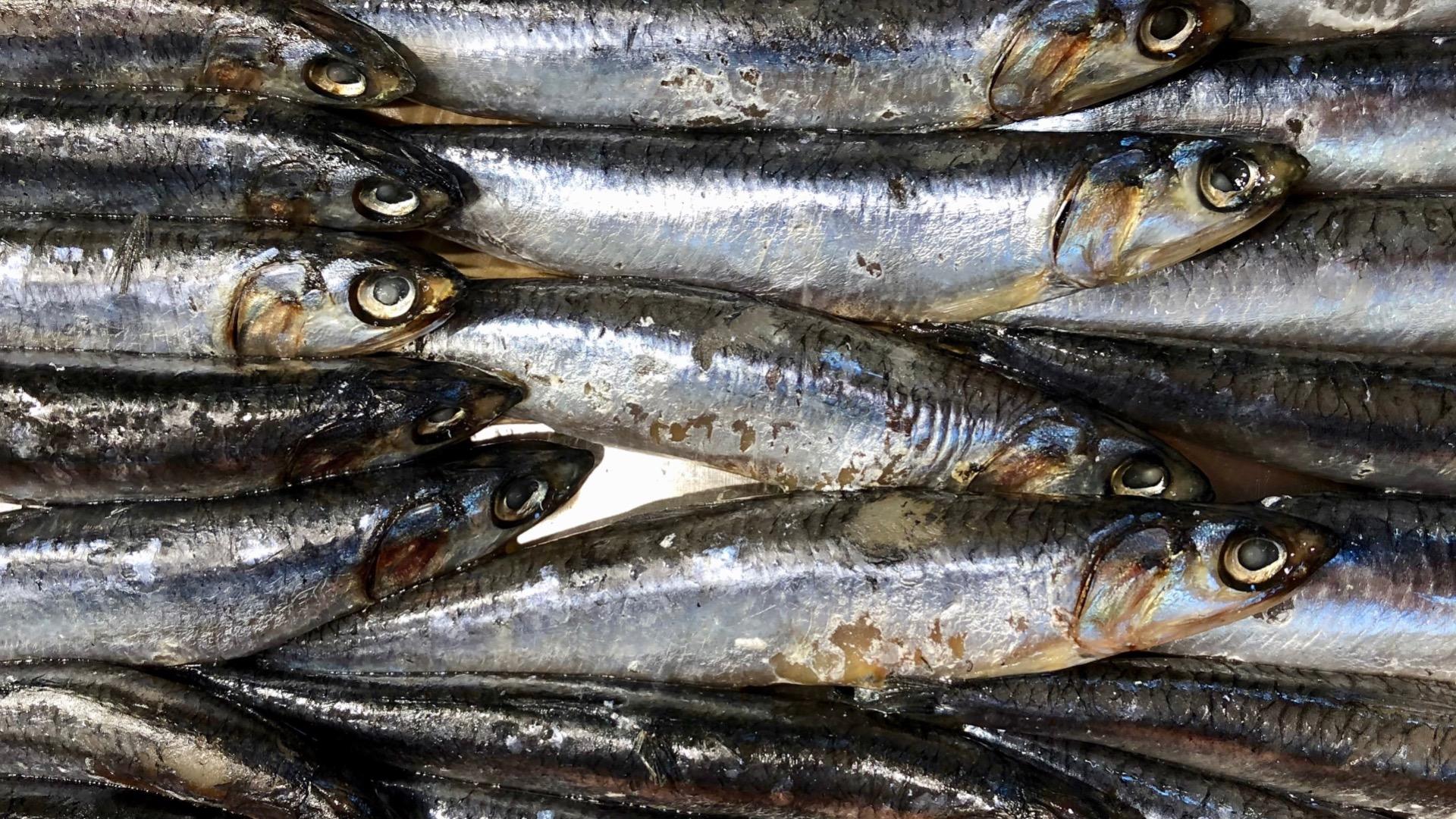
AllergiesDietary NeedsGeneral HealthItching & Allergies
Essential Fats for my Dog’s Diet: The Ultimate Guide
Mar 24 2020
•
10 min read
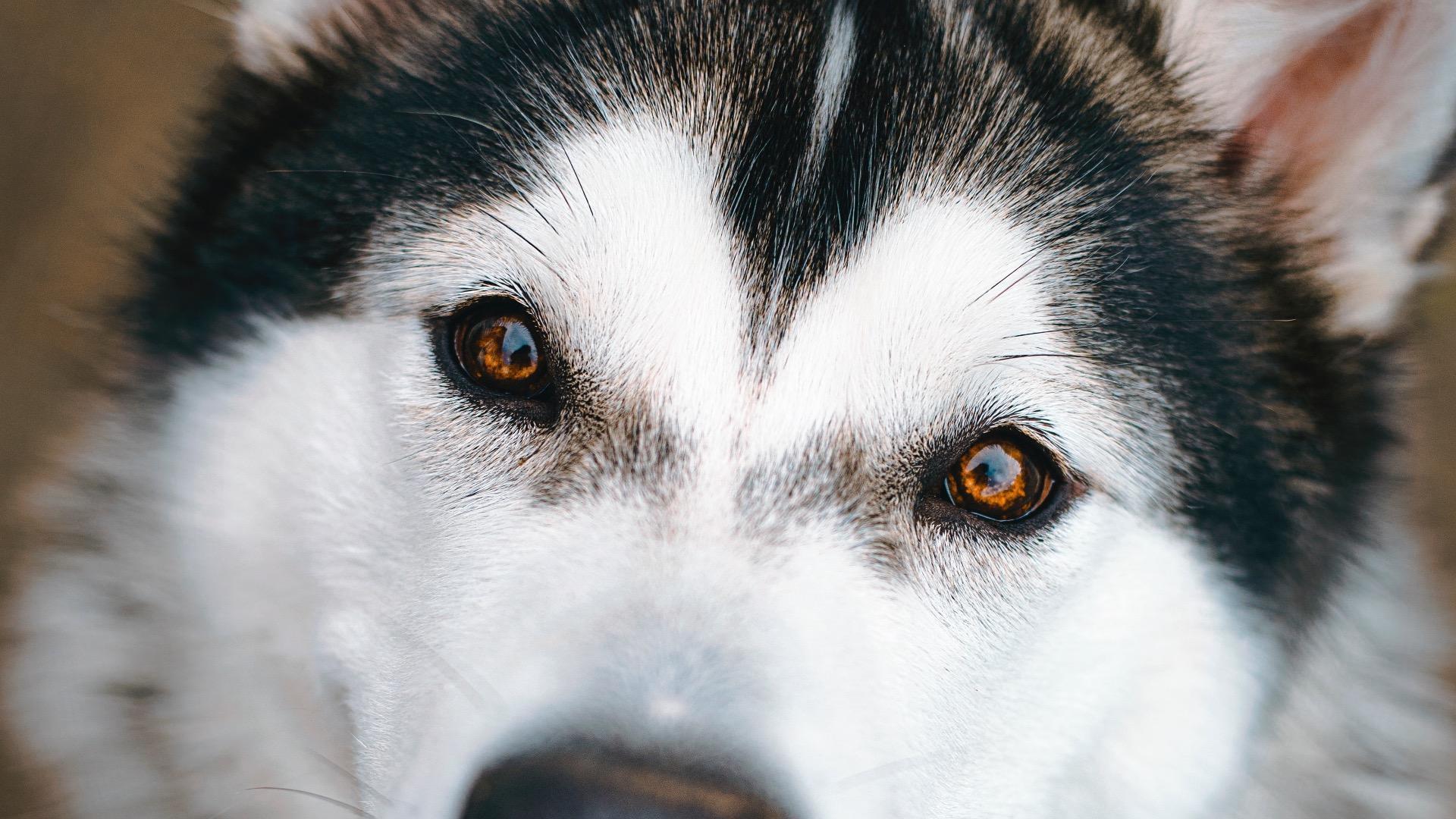
AllergiesDietary NeedsGeneral HealthItching & Allergies
7 Steps to Optimal Gut Health for Pets
Mar 13 2020
•
8 min read

AllergiesDietary NeedsGeneral HealthItching & Allergies
7 Top Reasons to use Clay in your Dog’s Diet Regime
Feb 20 2020
•
5 min read

AllergiesDietary NeedsGeneral HealthItching & Allergies
Itching has become such an epidemic
Feb 18 2020
•
6 min read

AllergiesDietary NeedsGeneral HealthItching & Allergies
An itch you just can’t scratch!
Feb 12 2020
•
3 min read

AllergiesDietary NeedsGeneral HealthItching & Allergies
Itchy cats and dogs naturally!
Jan 23 2020
•
7 min read
✕






